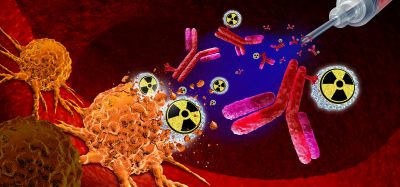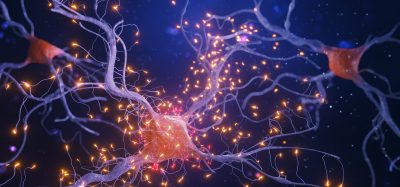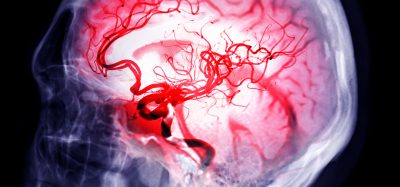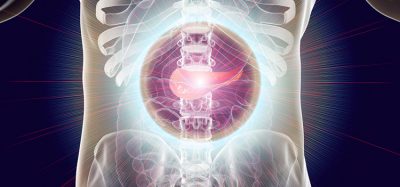Predicting persistent taxane-induced peripheral neuropathy
Posted: 15 July 2024 | Drug Target Review | No comments yet
Researchers have developed a prediction model to ascertain breast cancer survivors’ risk of persistent taxane-induced peripheral neuropathy.
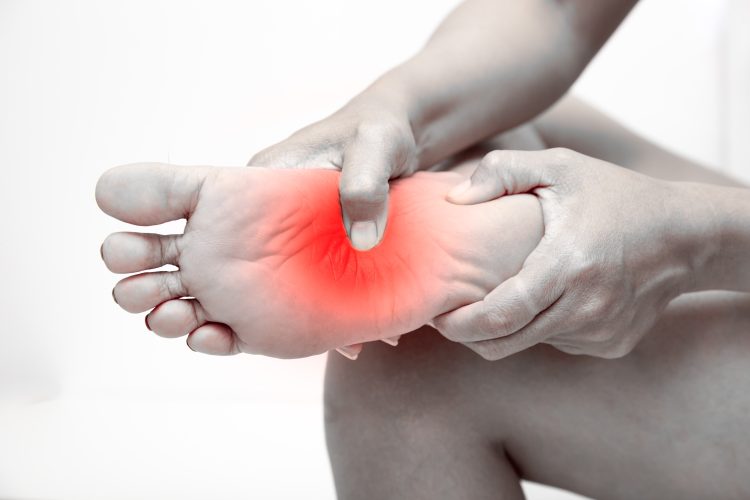

Researchers at Linköping University have developed a tool to predict the risk level of nervous system side effects women face following breast cancer treatment using taxanes. This could help clinicians adapt treatment to avoid side effects in those at the greatest risk.
Although many individuals are surviving cancer, an increasing number still suffer from the side effects of cancer treatment. Chemotherapy drugs named taxanes are used to stop breast cancer recurrence, but some people have nerve damage. Dr Kristina Engvall recently completed her PhD at Linköping University and is a doctor at the oncology clinic at Ryhov County Hospital in Jönköping. She explained: “Side effects in the form of nerve damage are very common after treatment with taxanes for breast cancer, and they often persist for several years. For those affected it is extremely stressful, and it has a major impact on quality of life. So it is a major clinical problem, which has received more attention in recent years, but there has been no way to know which individuals are at greatest risk of side effects.”
The team surveyed side effects in patients treated for breast cancer with either docetaxel or paclitaxel, the two most common taxane drugs. Between two and six years had passed since treatment, and the 337 patients were asked to describe the severity of peripheral neuropathy they experienced. Most frequent was cramps in the feet, which over one in four patients had. Other side effects included difficulty opening a jar, numbness in feet, tingling in feet and difficulty climbing stairs.
The patients’ genes were sequenced, and the researchers developed models that link genetic characteristics to various side effects of the taxane treatment, which enabled the models to predict risk of nerve damage. A prediction model has not previously existed for taxane-induced peripheral neuropathy. The team achieved modelling the risk of persistent numbness and feet tingling.
The two models separated the patients into two clinically relevant groups: one with a high risk of persistent side effects, and one that corresponded to the frequency of peripheral neuropathy in the normal population. Two-thirds of the data was used to train the models through machine learning. The remaining third of the patients were used to validate the models.
Dr Engvall commented: “This can be a tool to individualise treatment, and not only to look at the benefits, but also to look at the risks for the individual patient. Today we are so good at treating breast cancer that we need to focus more on the risk of complications and side effects that affect the patient long after treatment.”
Moving forward, the prediction model could be approved as routine in healthcare. However, further study is required to discover if the prediction model works well in other population groups. Moreover, Dr Henrik Gréen, professor at Linköping University, who led the study, said: “It also emerged that three of the five symptoms we focused on are so biologically complex that we could not model them. These include, for example, difficulty opening cans. Opening a can involves both motor and sensory nerves, which makes it very difficult to predict which individuals are at greatest risk of developing that symptom.”
This study was published in npj precision oncology.
Related topics
Chemotherapy, Personalised Medicine, Therapeutics
Related conditions
Breast cancer, Persistent taxane-induced peripheral neuropathy
Related organisations
Linköping University



